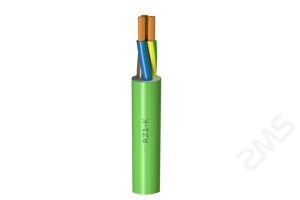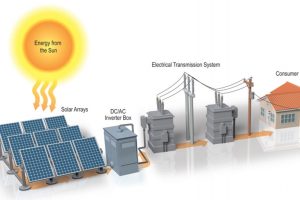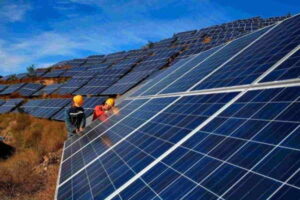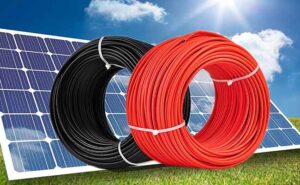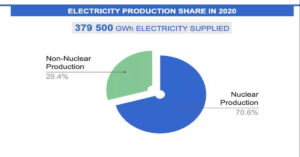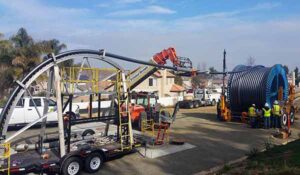Solar energy has emerged as one of the most promising sources of renewable energy, offering a sustainable solution to the world’s growing energy demands. Central to the efficient operation of solar power systems are solar photovoltaic (PV) cables. These specialized cables play a critical role in ensuring the safe and efficient transfer of electricity generated by solar panels. This comprehensive guide explores how solar PV cables work, their types, features, and importance in solar power systems.
RZ1-K 0.6/1kV Cable
RZ1-K 0.6/1kV Cable is a type of photovoltaic solar cable, a flexible, low-smoke, halogen-free, low-voltage power cable. It is specifically designed for fixed installations and operates at 0.6/1kV. Manufactured in accordance with Spanish standard UNE 21123-4, this cable is widely used in buildings, public facilities, and industrial power distribution systems … Read more
